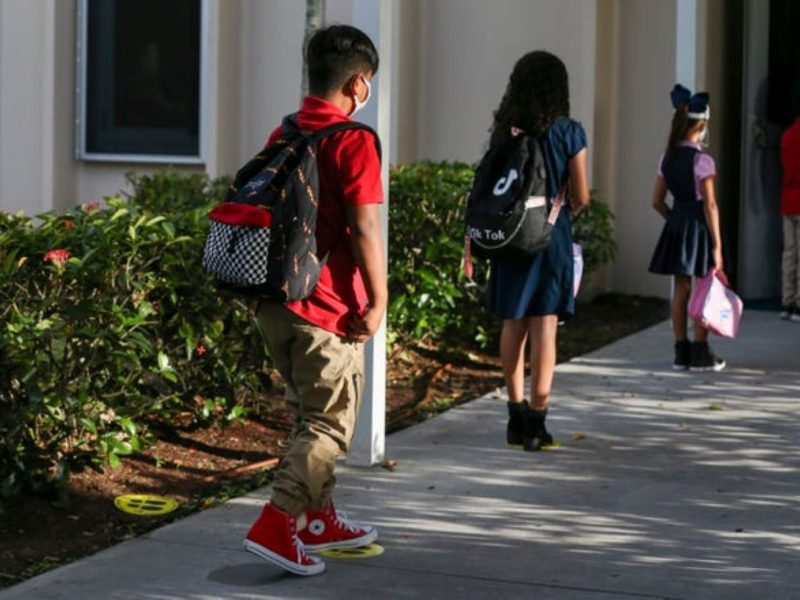Tackling trauma: 6 steps for enhancing student mental health care
District Administration | By Matt Zalaznick | July 28, 2020
District leaders will have to augment school mental health services to better care for students returning to class having experienced various levels of trauma during the COVID outbreak, a new report says.
More than half of youth who receive mental health services are treated at school but less than half of schools report providing such care, according to Child Trends, a nonprofit that advocates for the nation’s most vulnerable students.
With budget cuts looming in many states, the organization considers it unlikely administrators will be able to add new counselors.
Here are steps superintendents and their teams can take to boost mental health care when classes resume, whether that’s online or in-person:
1. Acknowledge that some communities have been hit harder by the pandemic and the death of George Floyd.
Black, Latinx and Native American communities are contracting COVID-19 at disproportionate rates due to patterns of systemic racism in the health, education, housing, justice and other sectors, Childs Trends says.
Along with this source of stress and trauma, many students and staff may also be involved or emotionally invested in the protests sparked by the killing of Black people by law enforcement.
2. Educate teachers and staff about trauma and mental health.
Teachers cannot provide the same services mental health professionals, but they can learn how to be the first to spot warning signs in students suffering trauma.
3. Ensure all staff should know how to connect students to mental health services.
Teachers in schools with mental health clinicians must be fully aware of the process for connecting students with treatment.
When schools that lack mental health clinicians, administrators can build partnerships with community-based providers and develop a referral system that applies in in-person and distance learning situations.
Administrators could also expand access to telehealth as part of the distance learning program.
Leaders should also ensure that students and families have access to culturally and linguistically appropriate treatment.
4. Equip staff with skills to develop safe learning environments.
Social-emotional learning, even as a part of online learning, can foster relationships and help students develop important coping skills.
More from DA: 3 ways to support students with emotional and behavioral disorders now
Child Trends researchers have reviewed a number of resources for treating student trauma. Because there has been little research into many of these interventions, school leaders should try to track the effectiveness of new mental health supports.
5. Support the mental health needs of teachers and staff.
School leaders must offer the same mental health and wellness resources to teachers and staff, who may be anxious about maintaining their own health, particularly in districts offering in-person instruction.
Teachers may also be coping with past experiences of discrimination—and trying to help students cope with racism—as the resurgent Black Lives Matter movement and issues of social justice have gained renewed prominence in many communities, according to Child Trends.
6. Involve the school community in mental health care.
School leaders should also enlist parents and other community members in helping to recognize and treat students’ mental needs.
This is more urgent in schools serving Black, Latino, and Native American students, who may have a harder time accessing appropriate mental health services, Child Trends says.






